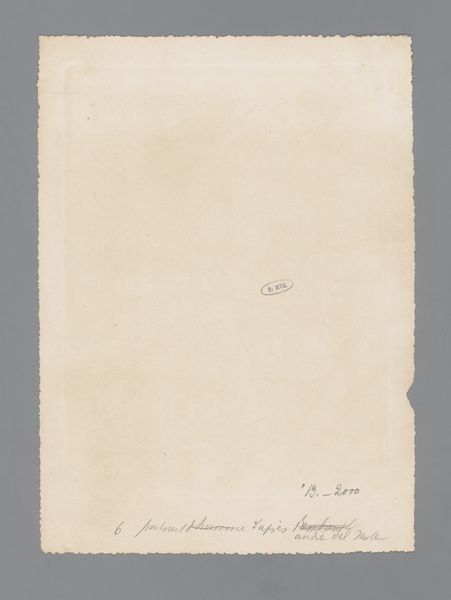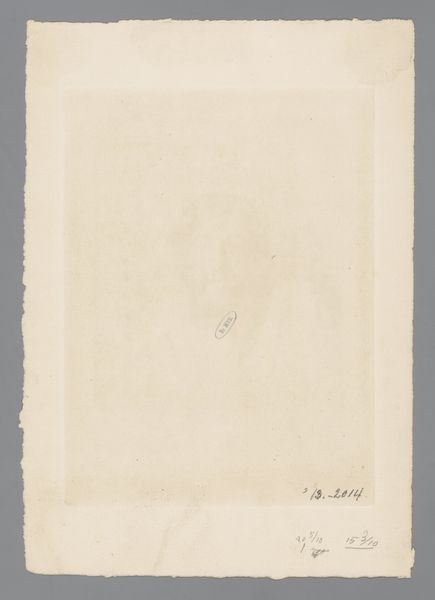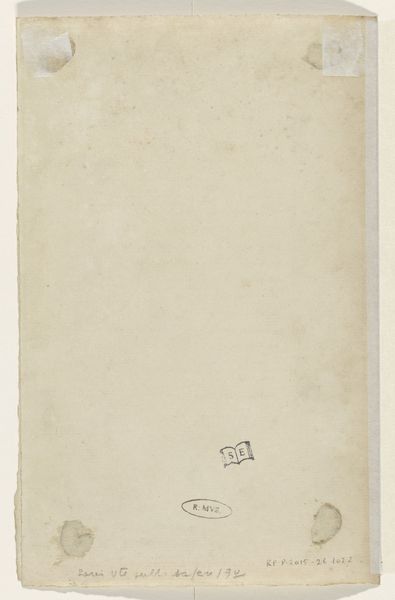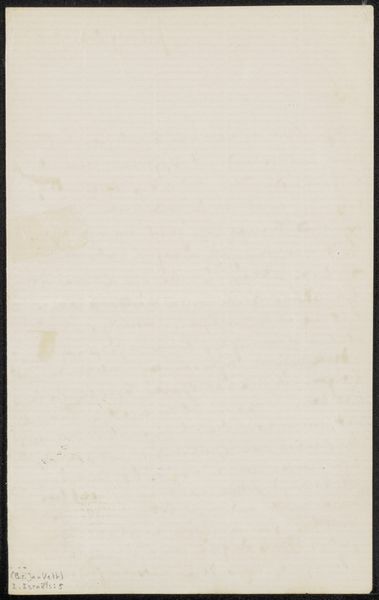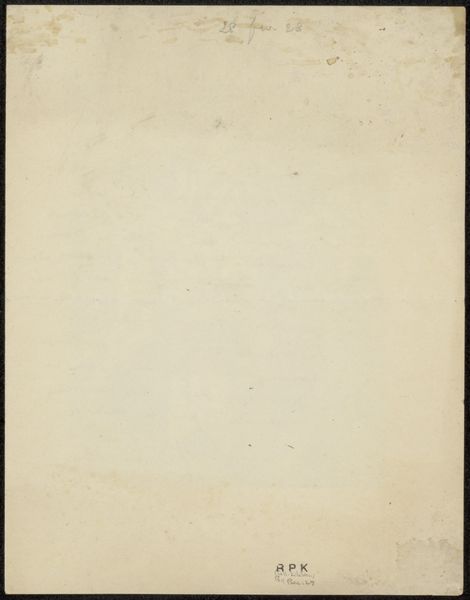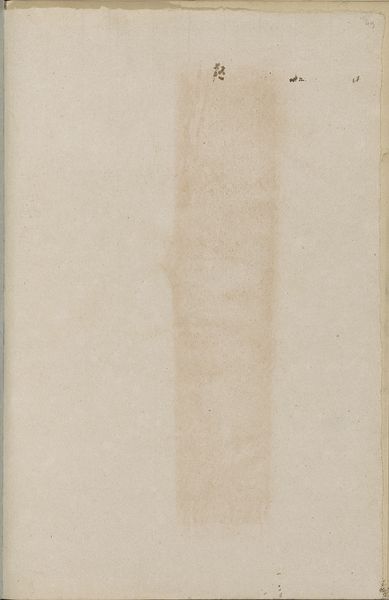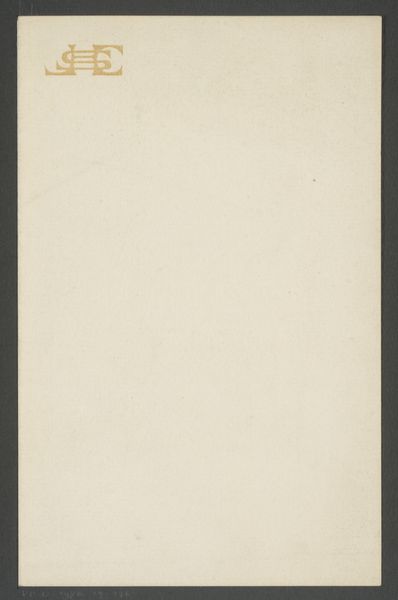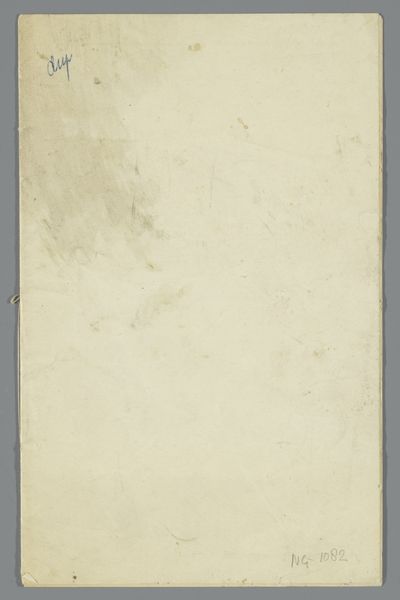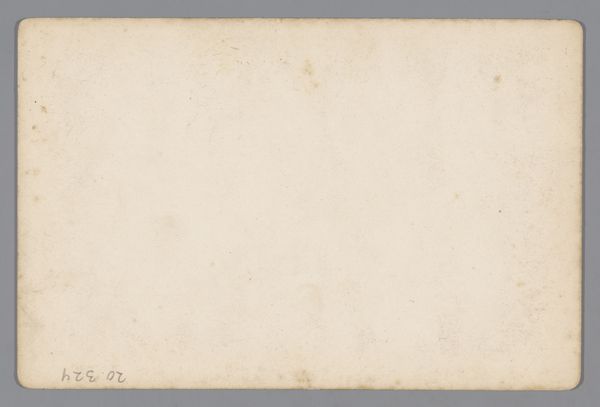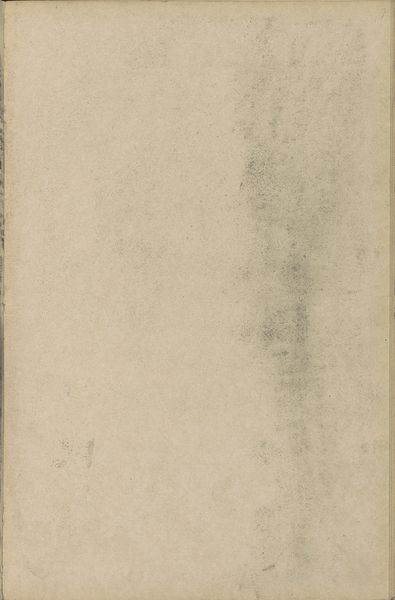
drawing, paper, pencil
#
portrait
#
drawing
#
paper
#
pencil
#
realism
Dimensions: height 251 mm, width 190 mm
Copyright: Rijks Museum: Open Domain
Editor: This is Georges Montenez’s "Portrait of Baccio Bandinelli," a pencil drawing on paper from 1891. What strikes me immediately is the...honesty of the sketch. You can see every stroke, and even the imperfections of the paper. What else stands out to you? Curator: Considering this drawing through a materialist lens, I’m fascinated by the labor involved. Not just Montenez's, but the labor required to produce the paper itself. What kind of paper is it? The rough edges suggest a handmade process, which speaks to the artisanry involved, challenging the traditional hierarchy placing painting above 'mere' drawing or craft. Editor: Interesting. I hadn’t thought about the paper that way. Does the drawing technique also relate to that idea of labour and production? Curator: Absolutely. The visible pencil strokes remind us of the physical act of drawing, the artist’s hand at work. It isn't trying to hide the process like, say, academic paintings often do. And, look closer, at how much pencil would have been shaved. What about the social context? Was drawing considered less prestigious than other art forms at the time? The 'Realism' label hints at a shift, perhaps toward valuing more immediate, unvarnished depictions of reality. Editor: I see what you mean. It feels like Montenez isn’t just depicting Bandinelli, but also commenting on the means of artistic production itself. He acknowledges and even highlights it. Curator: Precisely. Considering the rise of industrial production in the late 19th century, did the conscious use of artisanal techniques in drawing offer some kind of resistance? A reclamation of artistic labor perhaps? Editor: It’s making me reconsider how I think about realism and portraiture. It's not just about representing a person; it's about the act of making and its cultural significance. Thanks, I never would have noticed without this analysis. Curator: And it reminds us to always consider the physical realities, and the social and economic relationships behind the art we consume. A powerful way to appreciate and interpret art!
Comments
No comments
Be the first to comment and join the conversation on the ultimate creative platform.
